Loevestein Castle is a 14th-century fortress and one of the most visited castles in the Netherlands. It was originally built as a house for a knight, then converted into a fortress, and later used as a prison. During World War II, the castle was used as a storage place for the National Archives and important works of art. To many Dutch people, Loevestein Castle is known as the infamous prison from which Hugo de Groot, an influential 17th-century lawyer and theologian, escaped in a book chest – a legendary story taught in schools throughout the country. It is precisely this thrilling plot that makes a visit to the ancient structure absolutely worthwhile.
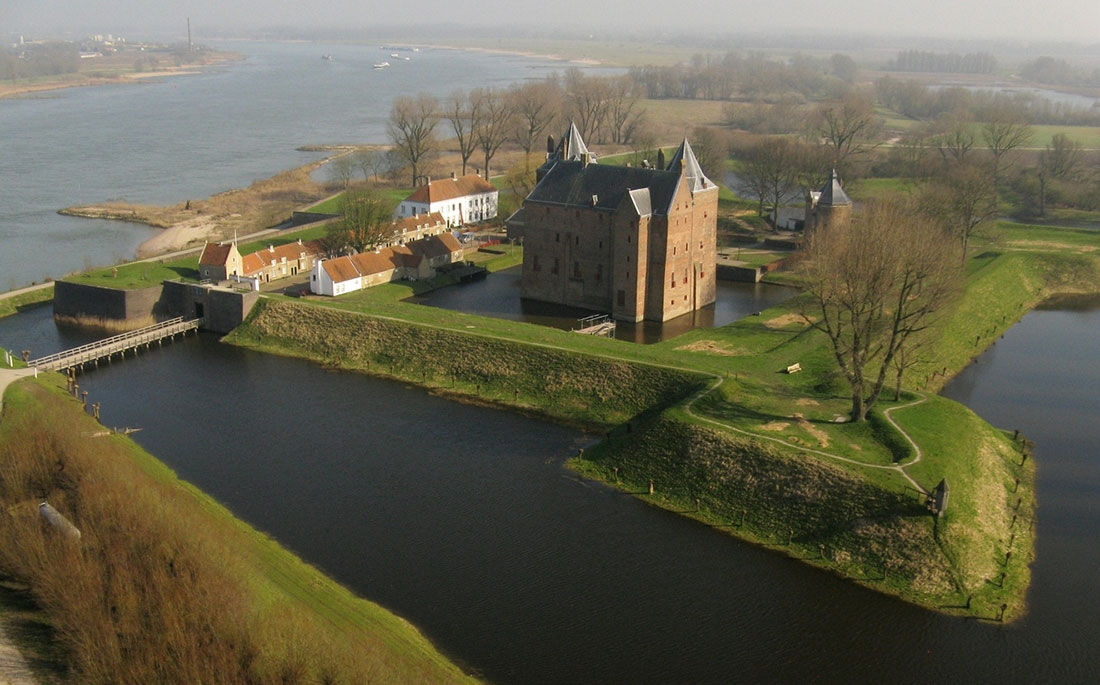
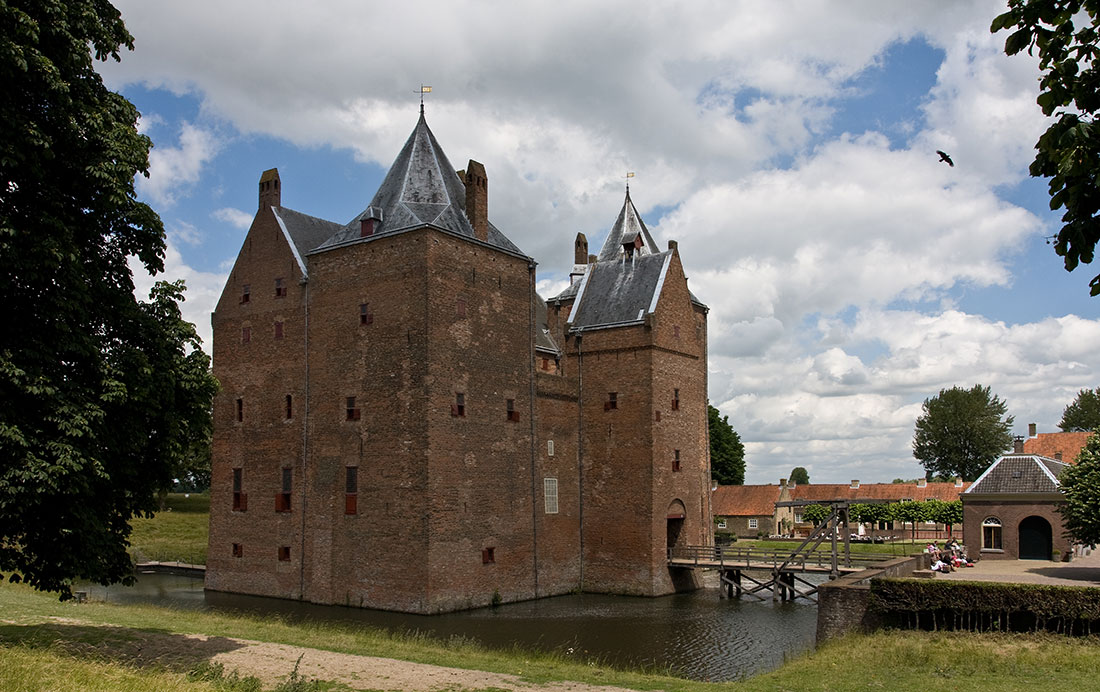
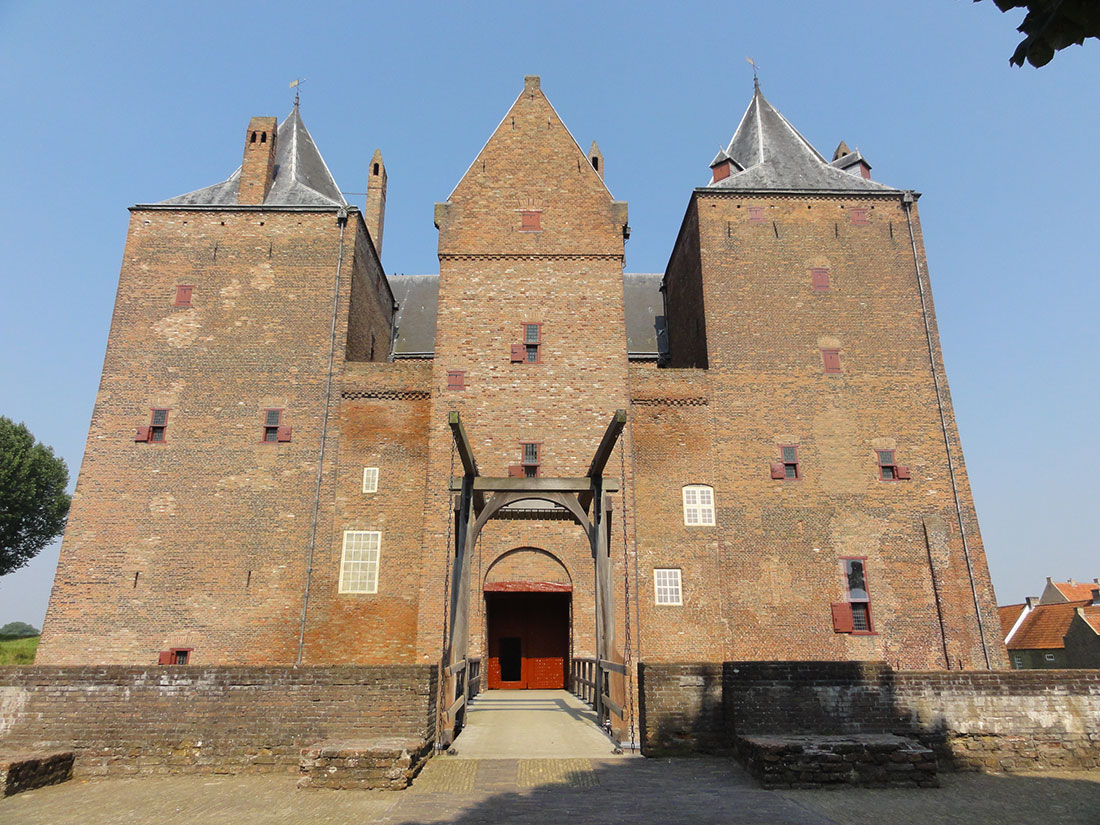
Around 1361, Dutch knight Dirk Loef of Horne built a square brick building that had a very advantageous strategic position – it was located on the border between the competing counties of Holland and Gelderland, just a stone’s throw from the confluence of the Waal and Maas rivers. Loevestein Castle was named after its creator; its name means “stone house of Loef”. Here, tolls were collected for the passage of trading vessels along the river.
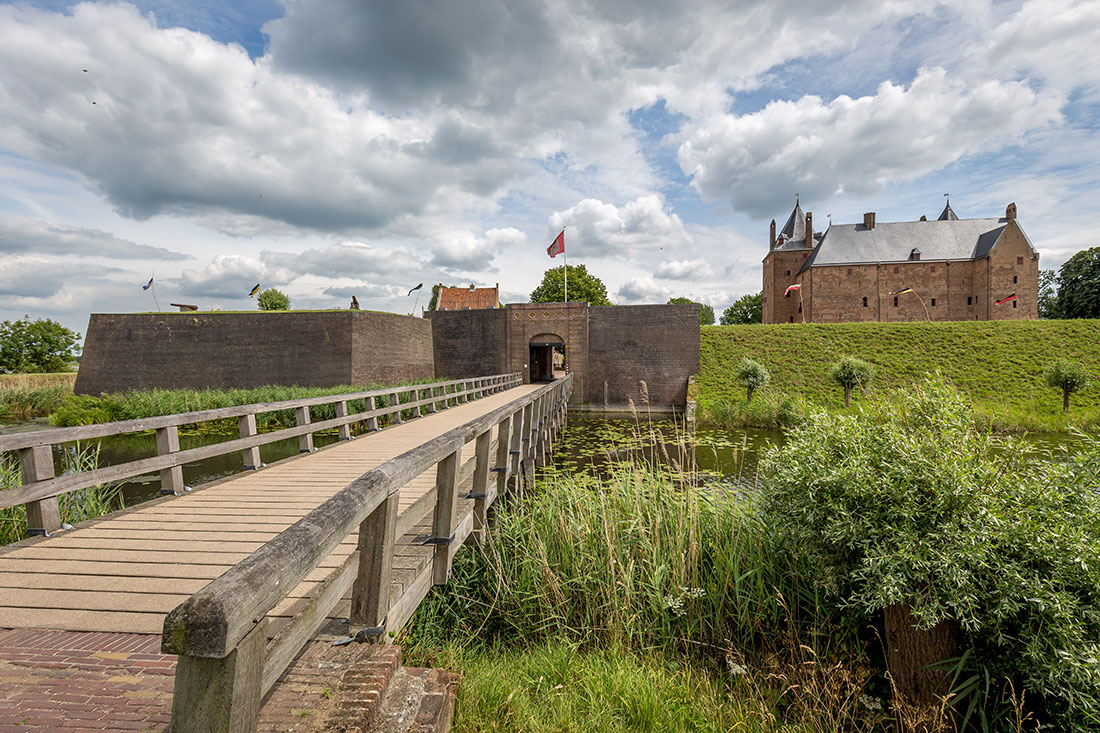
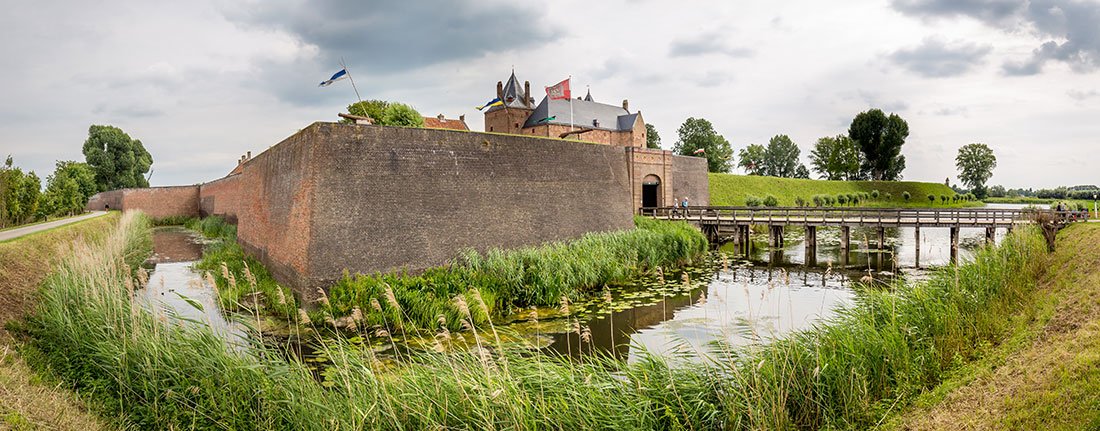
In the 16th century, on the orders of William the Silent, the building was expanded into a large fortress, surrounded by earthen fortifications with two (later three) stone bastions on the northern side, two moats, and an arsenal. There were also residential quarters for the commander and soldiers.

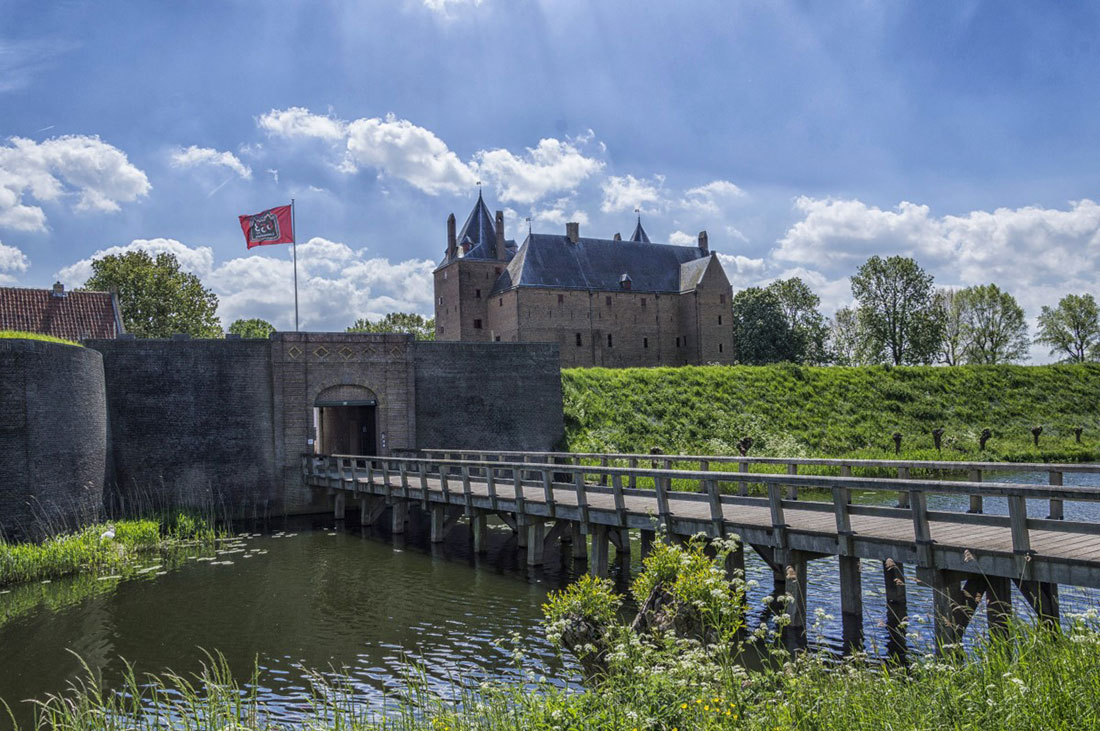
The castle occupies a strategic position at the confluence of the Waal and Maas rivers
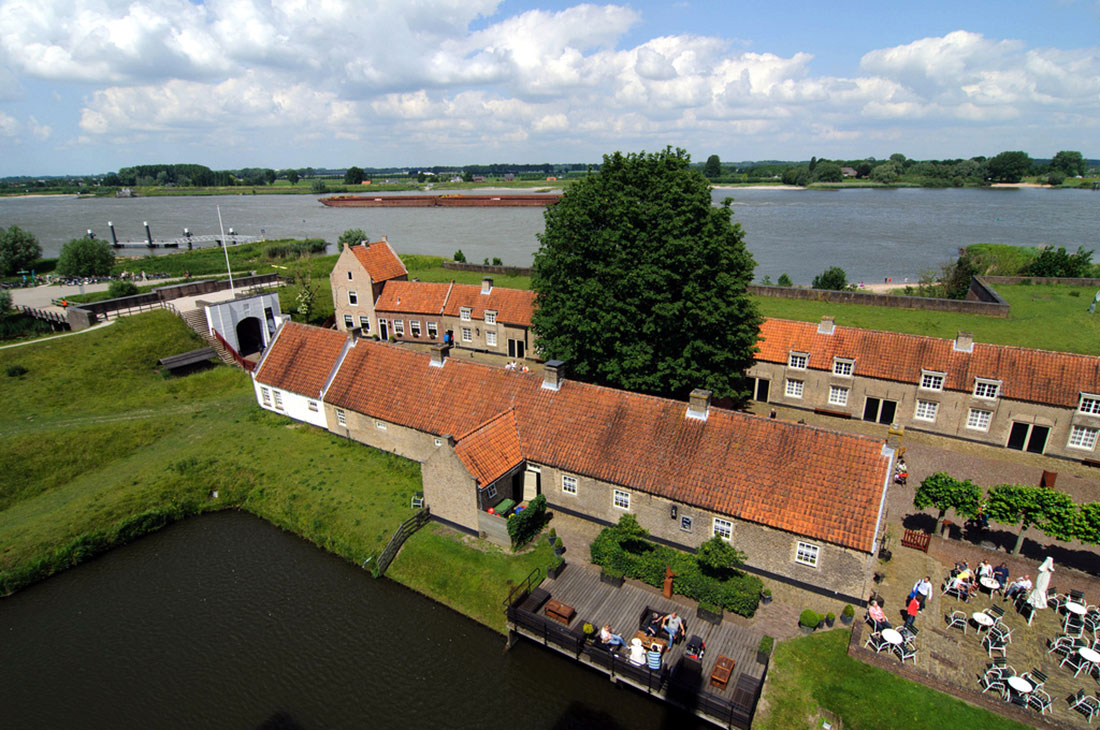
Over the centuries, the Loevestein Castle has witnessed many conquests by both local and foreign states. During the Eighty Years’ War in the 16th century, the castle changed hands several times – from the Dutch to the Spanish. When the Dutch finally regained control of the castle, they further fortified it by adding ramparts and moats.
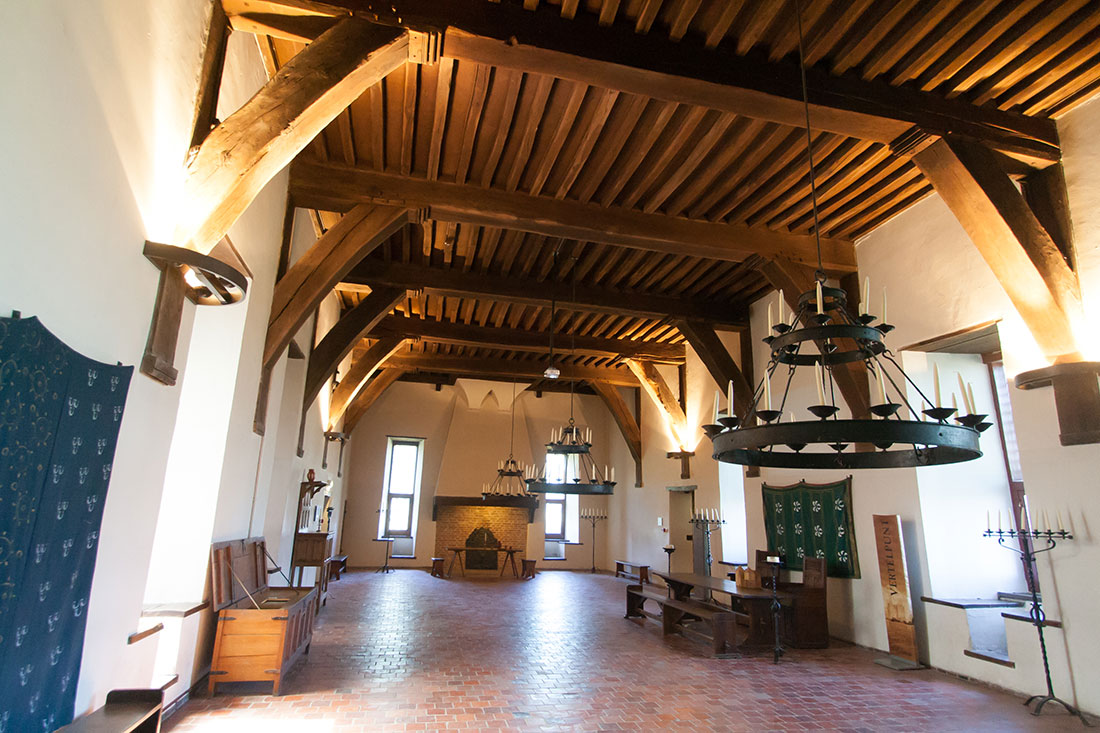
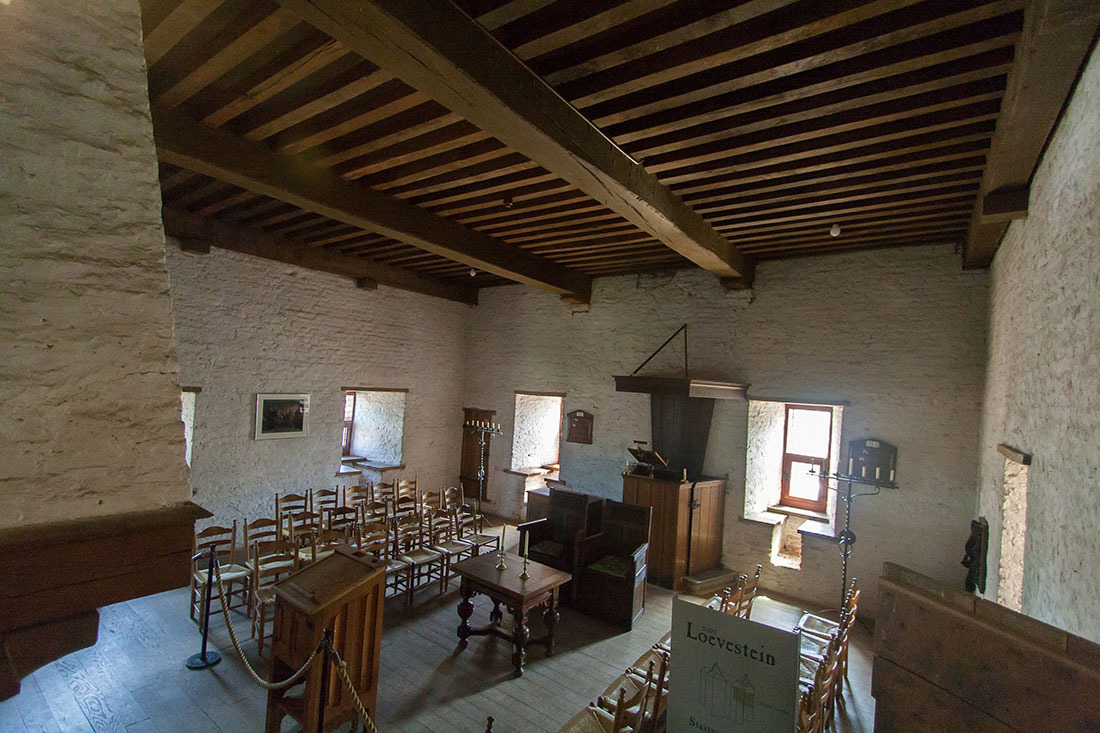
The Fortress of Loevestein became an important part of the New Dutch Waterline – a 17th-century defense water line designed to protect cities in the north and west, such as Amsterdam and Leiden. It consisted of fortresses and lock gates that could be opened to flood the land and delay an advancing army. Such an unusual network of water defense systems could literally turn the Netherlands into an island!
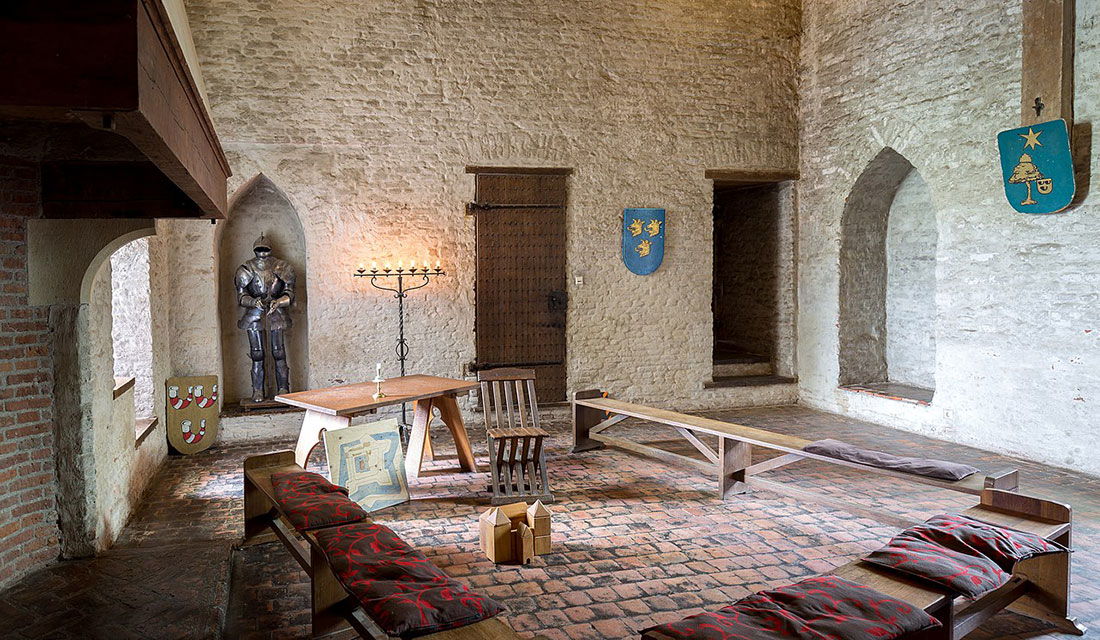
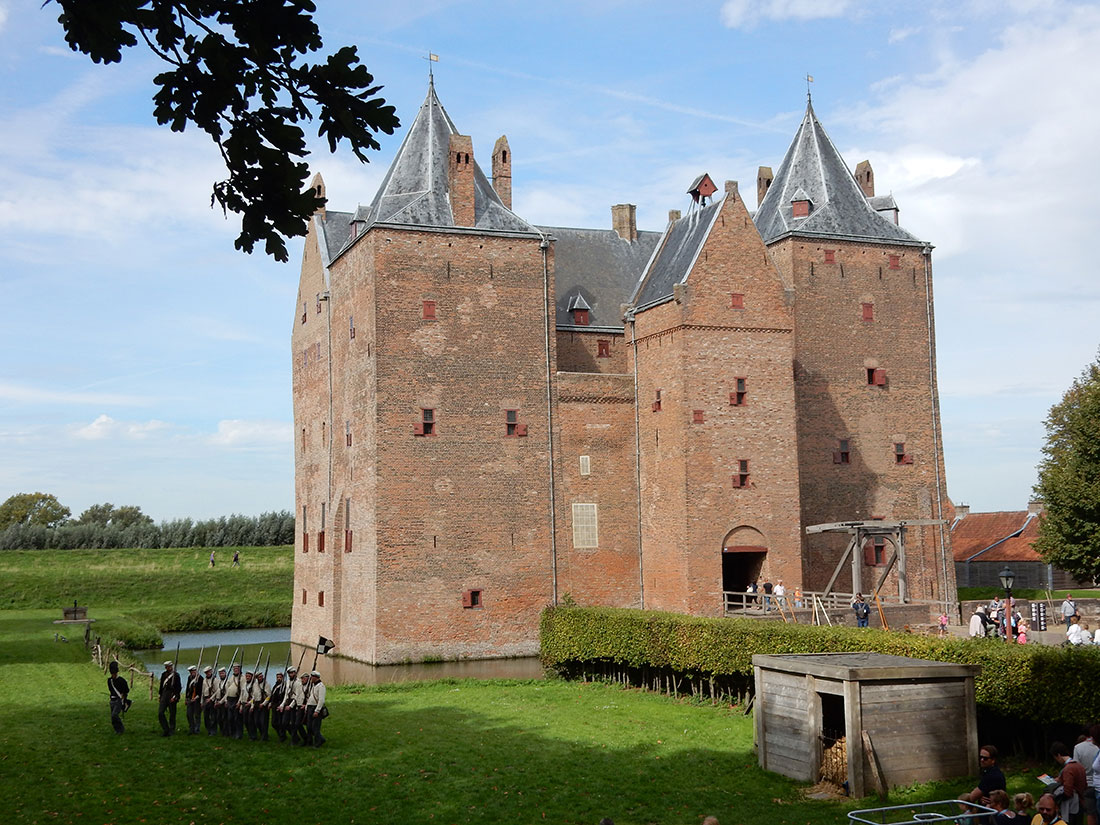
In 1614, the castle became a prison for political prisoners. One of its famous jailed was the eminent lawyer, poet, and politician Hugo Grotius, often called the “father of modern international law,” who served a controversial life sentence from 1619. In 1621, he managed a daring escape in a book chest. The idea for the escape was devised by his wife Maria van Reigersberch, who also lived in the castle. Although Hugo was a prisoner, he was allowed to read literature, so a large chest of books was occasionally brought to him. Initially, guards checked the chest, but over time this became less frequent. This prompted his wife to think of smuggling him out in the chest. One day, Hugo finally seized the opportunity and escaped to France. Later, he became the ambassador of Sweden in that country.
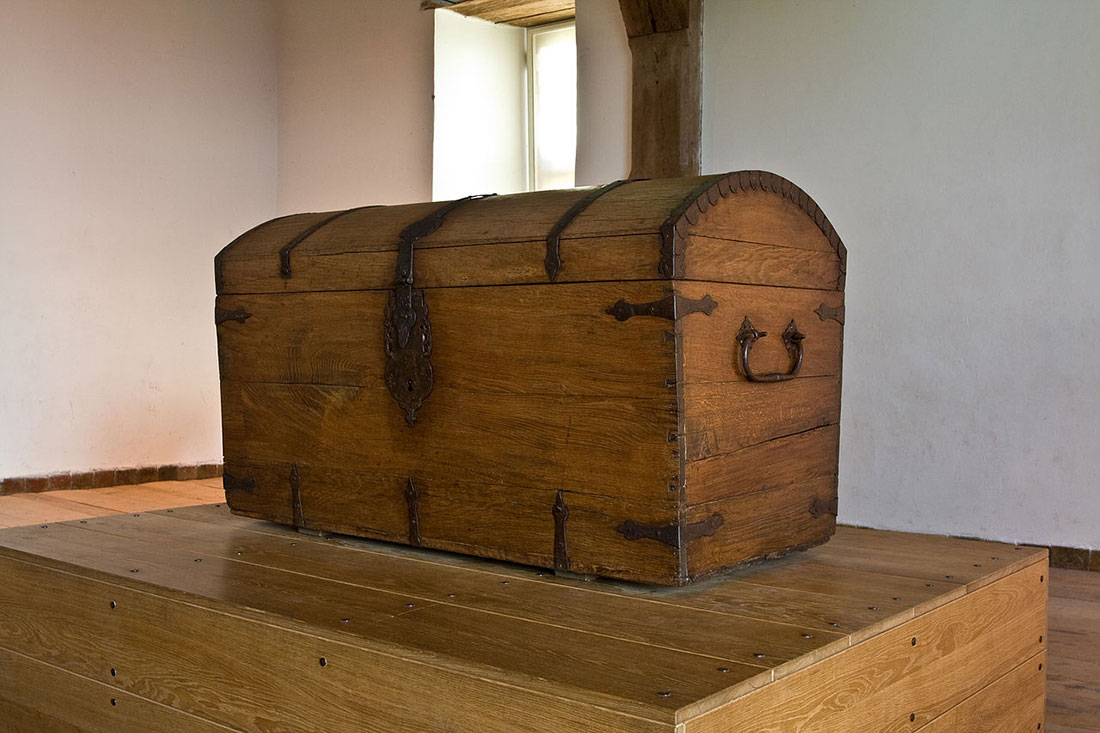
Until the start of World War II, Loevestein Castle remained part of the New Dutch Waterline. Today, it houses a museum where visitors can learn about the amazing history of this ancient structure.




















